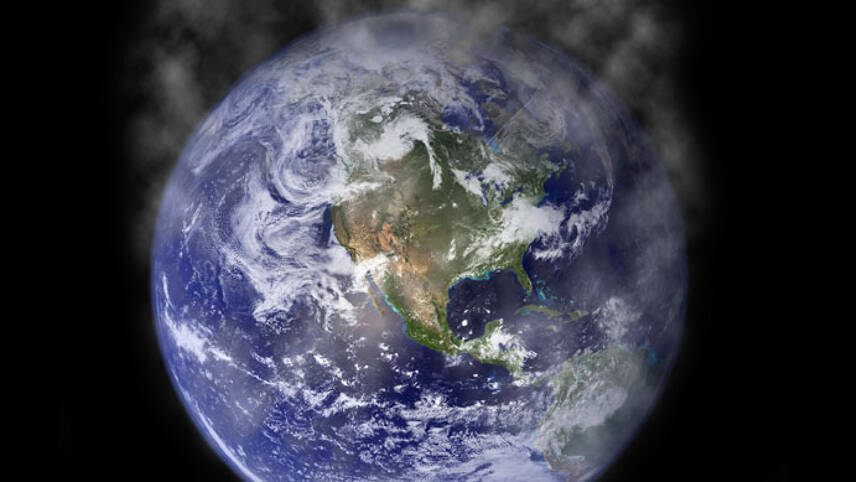Standard content for Members only
To continue reading this article, please login to your Utility Week account, Start 14 day trial or Become a member.
If your organisation already has a corporate membership and you haven’t activated it simply follow the register link below. Check here.

A significant proportion of the world’s power plants could become less efficient as a result of climate change, according to a new study.
Thermoelectric and hydropower plants make up 98 per cent of the world’s current generating capacity and both technologies rely heavily on the use of water. Researchers at Wageningen University in the Netherlands looked at how changes to streamflow and water temperatures brought about by climate change will affect how well these plants operate.
To be included in the study plants had to be cooled with river water and information about their type of cooling system had to be available. The team examined 24,515 hydropower and 1,427 thermoelectric plants, representing 78 per cent and 28 per cent of worldwide capacity respectively. Two different greenhouse emissions scenarios were used in the study, providing a spread of results.
Their models predict that from 2040 to 2069, 61-74 per cent of the hydropower plants will suffer decreases to their generating capacity as a result of reduced streamflow. Overall annual capacity is expected to fall by 1.2–3.6 per cent, with maximum monthly reductions averaging 9.6-17 per cent.
Plants in US, southern and central Europe, Southeast Asia and southern parts of South America, Africa and Australia are projected to be the worst affected. Those in tropical and high latitude regions such as northern Asia and central Africa are actually expected to see improvements to their capacity as a result of increased streamflow.
Reductions in capacity are anticipated at 81-86 per cent of the thermoelectric plants due to higher water temperatures as well as decreased streamflow. Overall annual capacity is predicted to fall by 7-12 per cent and more than two thirds are expected to see maximum monthly reductions of more than 30 per cent.
The US, Europe and China are projected to be the worst affected regions, whilst India and Russia are likely to see more limited reductions in capacity because of lower increases in water temperatures.
Please login or Register to leave a comment.